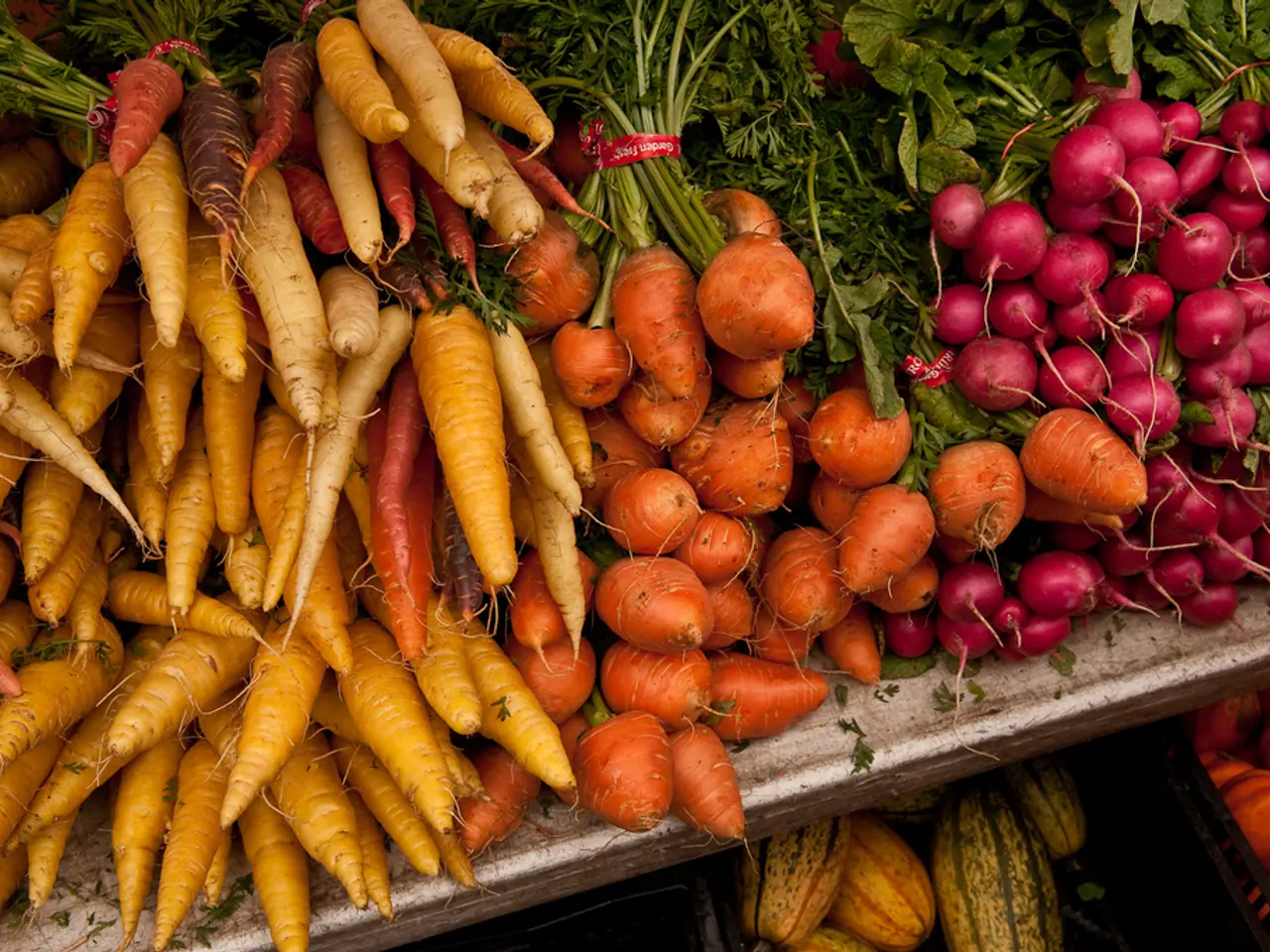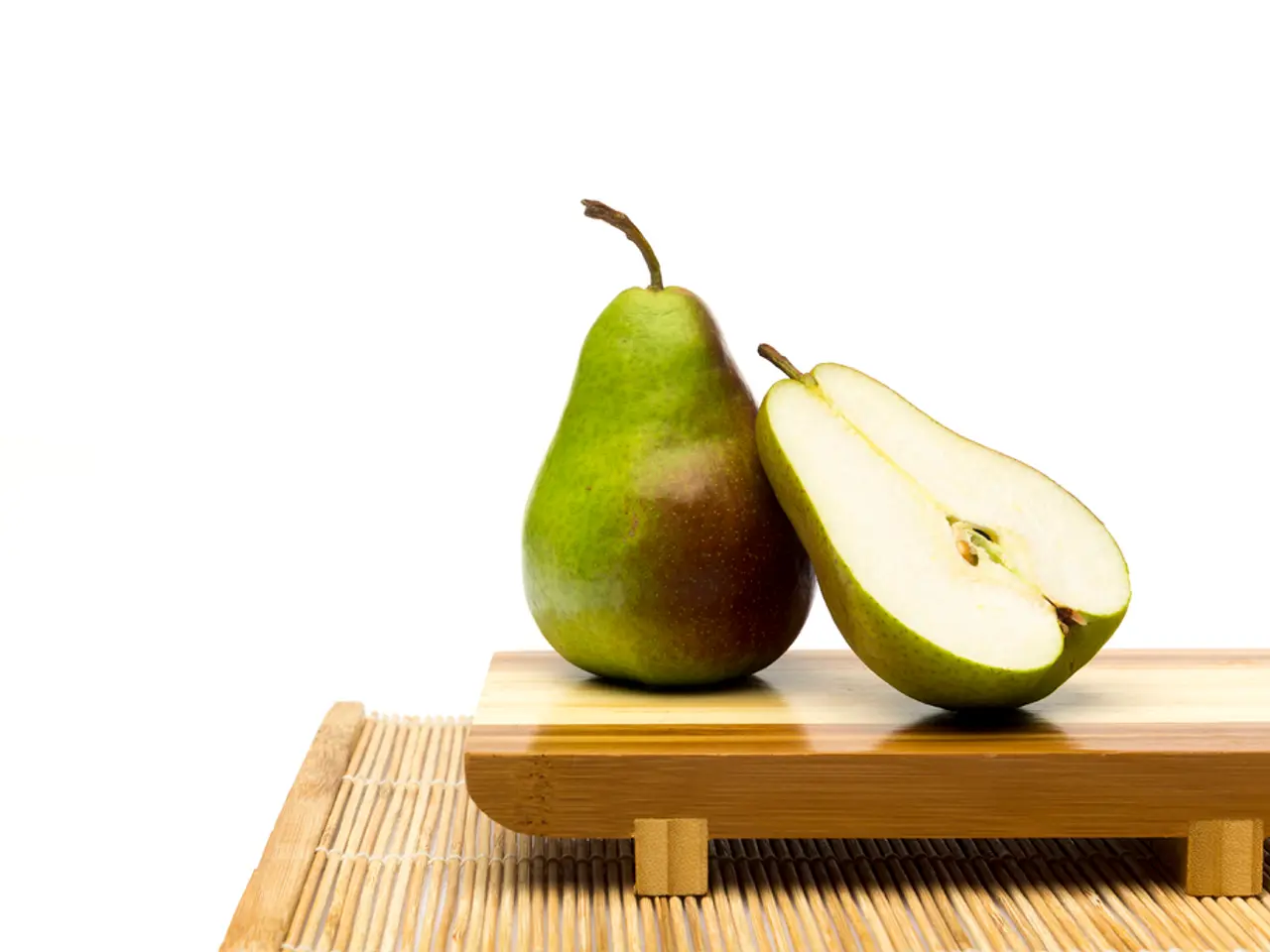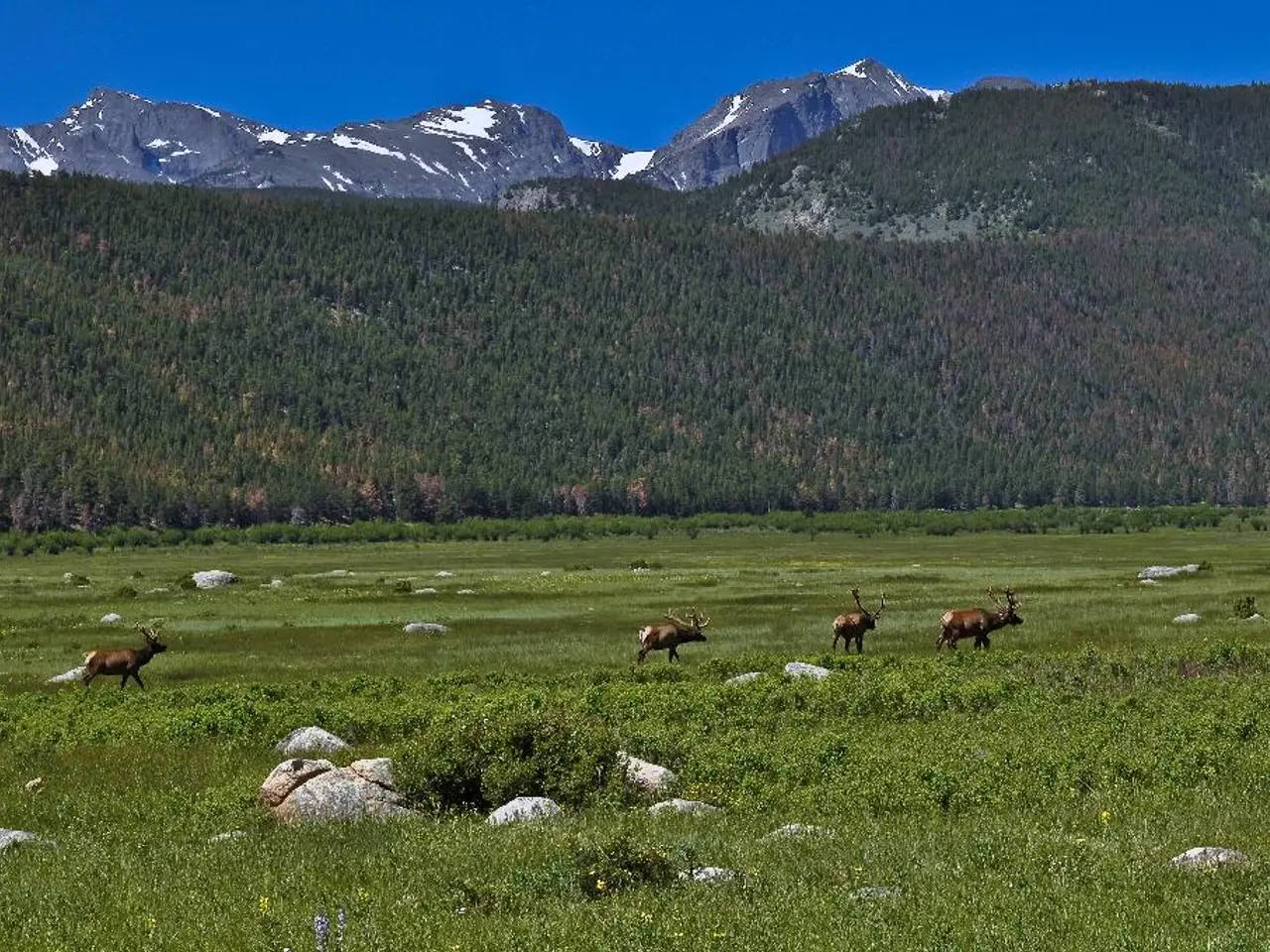Harvesting Vegetables in Autumn Gardens
A Productive Fall Vegetable Garden in Texas
As the summer heat starts to subside, it's time to prepare for a bountiful fall vegetable garden. Here are some recommended practices for a successful harvest in the Lone Star State.
Soil Preparation
Clear out spent summer crops and weeds to reduce pest habitats and competition for nutrients. Loosen the soil to a depth of 8–12 inches to promote healthy root growth. Enrich the soil by incorporating 2–3 inches of organic compost or soil amendments to improve fertility, moisture retention, and microbial life. Conduct a soil test to determine if lime or additional fertilizers are needed, adjusting pH and nutrient levels accordingly. Mulch with organic materials such as compost or manure to suppress weeds, feed the soil, and protect plant roots from temperature fluctuations.
Fertilization
Choose organic soil amendments that provide balanced nutrition without synthetic chemicals, supporting sustained plant health and soil microbes. Follow soil test recommendations for fertilization; over-fertilizing can harm plants and soil quality. Applying mulch like manure or garden compost not only conserves moisture but also enriches soil nutrients over time.
Watering
Water deeply and early in the day to allow moisture to soak into the soil and reduce evaporation, especially during still-warm fall days. Monitor soil moisture regularly, as fall seedlings dry out quickly despite cooler temperatures. When natural rainfall is insufficient, water thoroughly at soil level to avoid wetting foliage, reducing disease risk.
Pest Control
Remove diseased plant material and clean up garden debris to minimize overwintering sites for pests. Inspect plants regularly for common fall garden pests such as cabbage worms, aphids, and flea beetles. Use organic pest treatments like neem oil when necessary. Employ physical barriers such as row covers to protect susceptible crops from pests and chill damage. Choose disease-resistant varieties and plant at the correct time to avoid pest and disease pressure peaks.
Additional Tips
Harvest regularly to encourage ongoing production. Know your local frost dates to time planting correctly. Maintain garden tools clean and properly stored for efficiency and disease prevention.
Resources
More information on vegetable gardening in Texas can be found on the Texas AgriLife Veggies and Herbs site. Texas A&M has a guide to help determine when and what to plant for a fall vegetable garden. Publications on disease and insect identification and control are available from County Extension offices and from AgriLife Learn.
The Evelyn Meador branch library features a seed library and hosts the "Green Thumb" Program, a monthly video lecture series led by a Harris County Master Gardener. Houston Urban Harvest supplies the garden at the Evelyn Meador Branch Library with veggie starter plants in the Spring and Fall.
In summary, a productive fall vegetable garden is achieved through comprehensive soil enrichment and preparation, precise watering tailored to fall conditions, careful monitoring and organic control of pests, and adherence to local planting schedules and crop choices. Organic solutions should be tried before using chemical applications. It is beneficial to choose an area with decent air circulation for a vegetable garden. Chemical solutions should only be used if necessary and should be recommended and approved.
- Maintaining a healthy garden lifestyle goes beyond growing vegetables; visiting a library like Evelyn Meador branch can provide resources, such as seed libraries and garden programs, to improve overall gardening knowledge.
- Incorporating organic compost or soil amendments not only enhances soil fertility and moisture retention but also supports the healthy growth of microbes, contributing to a more holistic home-and-garden lifestyle.
- Besides following recommended practices for soil preparation, watering, and pest control, it's essential to research local resources, like the Texas AgriLife Veggies and Herbs site, to ensure a productive fall vegetable garden that aligns with the Lone Star State's specific growing conditions.




